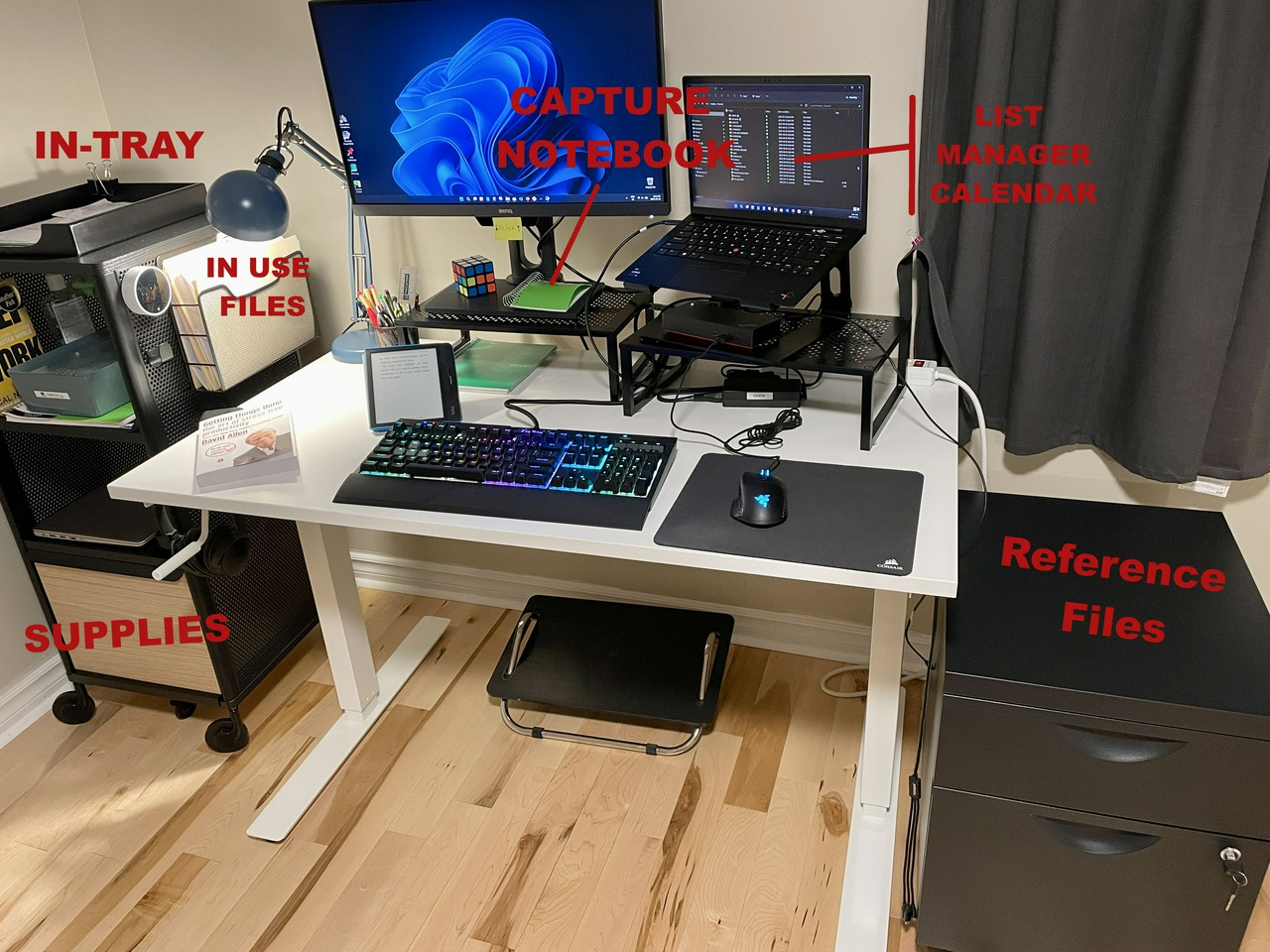Some thoughts about Time Blocking and My Work
I've had some interesting days this week at work. Without even realizing it, I tested out 3 scenarios in terms of productivity and organization.
Scenario 1: Crazy Mondays
Monday was Monday. It was a little bit confusing and my brain was not up to speed yet: the usual Monday overwhelm situation. I did my Time Blocking later in the morning. But things changed, meetings got moved around. I tried to update my time blocking, but things were happening too fast, so I let go. I didn't follow any of the blocks I pre-planned. But I also took some time to plan the next month. I used my Outlook Calendar to plot out some deadlines, deliverables and project durations. And I printed it out, so now I have it on my board.
Scenario 2: Out of control
Tuesday was weird. I had some emails to reply, emails with information I needed to process, budgets to review and update and phone calls to make. Those took the whole morning. I didn't do Time Blocking at all! It was an empty page! I had a meeting at 2pm, which I only remembered to attend because my colleague sent me a chat message that it was starting (and they wanted my input). That being said, I realized that I didn't have any awareness of the upcoming meetings because I didn't do my Time Blocking. I had a major headache by the end of the day and I felt totally drained.
Scenario 3: A Balanced Day
Wednesday was a more balanced day. I did my Time Blocking, but I only wrote down the meetings and the goals for the day. I didn't time block for emails or calls. I just went with the flow and used my intuition. I made the phone calls I needed to make and worked on the budgets I needed to update. Things were clearer. It was still a very busy day, but I felt more relaxed among the chaos.
Thoughts
I reflected on these 3 scenarios while I went for a long walk after work:
Minute-by-minute Time Blocking doesn't work for my line of work or my work environment. Things always happen too quickly, I have to handle with back and forth communication all the time, my team relies on real-time interactions ad-hoc. It's just the way it is. Construction is a chaotic world, and I rarely have the privilege of taking 3 hours of deep work to focus on one thing only, by myself.
The act of Time Blocking in the morning is useful when I focus on delineating the big picture of my day. What are the meetings happening today? Are there any deadlines? What are the Top 3 things I'll be working on? Even though I have that information on my digital calendar, writing it down by hand on my planner gives me awareness and I feel more prepared about the day.
Having an Inbox and a Next Action list is crucial for my day-to-day work. I need a trusted space where I can dump things to be processed later and where I can store all my next actions and be certain that list will be there the next day. Just for one of the four big projects I'm working on right now, I have 17 next actions this week. I've already logged 48 actions that I've completed since August 10th. It is a lot to handle, and GTD gives me a way to tackle all of this with less stress.
At the end of the day: taking a look at all the items on my next actions for a specific project I'm focusing on gives me peace of mind. It works as a trigger for me to add tasks that have been rolling in my head throughout the day, making sure my capture is complete. It's a good Shutdown routine ritual. I'll keep doing that.
Mondays will always be Mondays. I’m never at my best form on Mondays, so I’m just acknowledging that, and I’ll be more forgiving of myself. It’s a day to prepare me for the rest of the week, so I know I won’t be super productive on Mondays. And that’s okay.
Final conclusion
I like Scenario 3. It's becoming clear to me that I can't really follow a strict Time Blocking routine. The nature of my work is too fluid most days. But I can use time blocking as a planning tool to guide my day. It gives me direction. There will be days when strict time blocking for focused work will work. But my typical day is not that structured, and I'm learning to live with that. So, I'll be having a more balanced approach to Time Blocking from now on.
—
Post 38/100 of 100DaysToOffload challenge! #100DaysToOffload #100Days #productivity #GTD #work
Thoughts? Discuss... if you have a Write.as account or Reply by email
By Noisy Deadlines Minimalist in progress, nerdy, introvert, skeptic. I don't leave without my e-reader.



